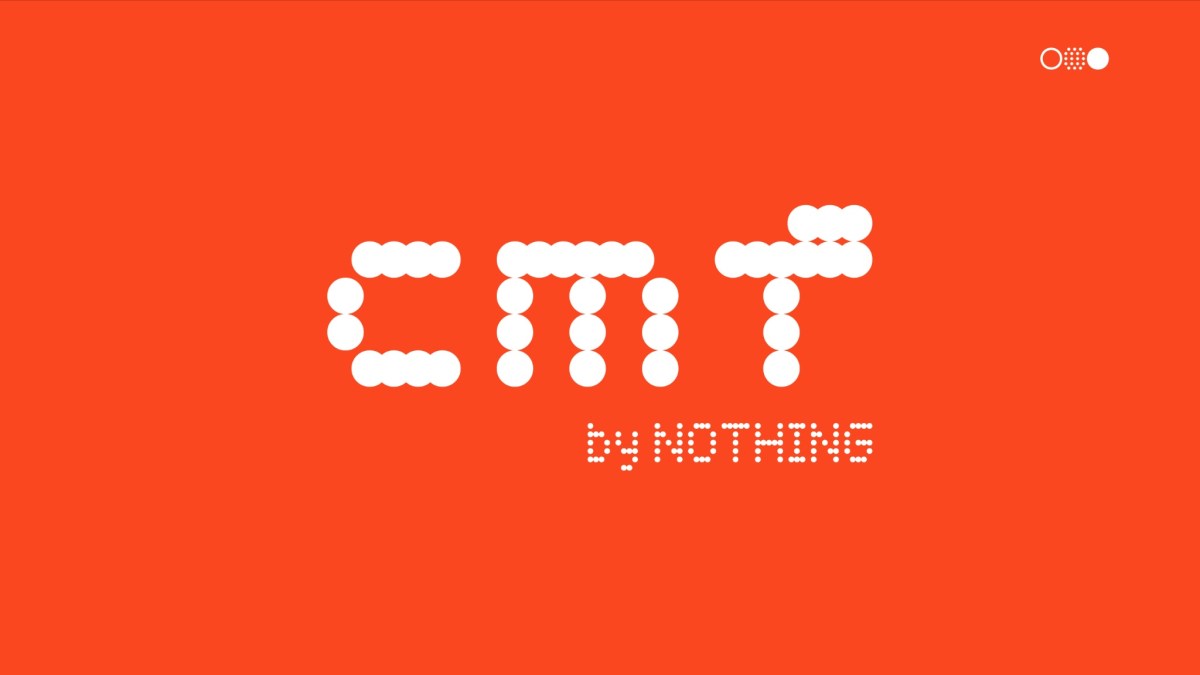Kid-friendly debit cards have lots of built-in advantages, including full adult ownership (usually) and tight controls on transactions. They also tend to have robust educational features and tools to reinforce the money lessons kids naturally learn by using them.
The downside is kid-friendly debit cards tend to have higher fees than kids checking accounts or savings accounts.
But that stands to reason. Many kids debit cards have irreplaceable educational and safety features that could help you start your kid off on the right financial foot, which can impact the rest of their lives. And the best prepaid card for you depends on your needs.
Best Prepaid Debit Cards for Kids
We’ve evaluated more than a dozen providers to come up with this list of the best prepaid debit cards for kids. Each one excels in at least one area and offers impressive value for your money.
Best Overall: Greenlight
Greenlight is the most comprehensive option we reviewed, with a slew of tools to help parents manage youngsters’ allowance funds and walking-around money.
Monthly Fee
$4.99 – $14.98 per family
Cash Back
1% on Max and Infinity plans
Interest
Up to 5% APY on Infinity

Apply NowRead the Review
Best for Saving: FamZoo

FamZoo allows parents to incentivize savings with parent-paid interest and customizable “buckets” to help kids save toward all their goals.
Monthly Fee
Up to $5.99 per family
Interest
Optional, paid by parents

Apply Now
Methodology: How We Choose the Best Debit Cards for Kids
These are the most important factors we consider in our evaluation of kid-friendly debit card providers:
- Minimum Age: These kid-friendly debit card accounts are generally open to kids as young as 6 — and in some cases all ages — with strict parental controls. That’s an advantage over many bank accounts for kids, which often have a minimum age of 13.
- Monthly Service Fees: Most kid-friendly debit cards charge monthly service fees, but we work hard to find options with comparatively low fees (under $6 per family per month).
- Load Fees: Load fees aren’t easy to avoid in this space either, so we look for options with no fees for standard loads and comparatively low cash load fees.
- Other Fees: Prepaid debit cards tend to have other fees, including ATM transaction fees and over-limit fees. Again, we look for providers that are as fair as possible.
- Loading and Money Transfer Options: We believe kids should be able to access their money with as little friction as possible, so we give preference to kid-friendly debit cards with a variety of loading and inbound transfer options. We’re particularly fond of debit cards with built-in chore-management tools that tie payments to specific tasks.
- Online and Mobile Experience: A powerful mobile app is a must-have for any kid-friendly debit card. In some cases, the entire debit card experience is digital, with no physical cards at all.
- Educational Resources: Generally, kid-friendly debit cards are more education-focused than kid-friendly bank accounts, so we have high standards for the tools and capabilities in this department. The more relevant, real-world money lessons kid users can access through their accounts, the better.
Kids Debit Cards FAQs
If you still have questions about how kid-friendly debit cards work and how to assess their capabilities as you work toward a decision, we have (some) answers here.
Who Owns a Kids Debit Card Account?
The adult on the account (the parent or guardian) generally owns it. They have ultimate control over the funds in the account and can restrict access by kid users — or close it altogether — if they choose.
By contrast, many kid-friendly bank accounts are structured as joint accounts in which the guardian and child both have equal ownership rights. The adult has more flexibility to impose transaction limits or restrict funds, but the account belongs to both people in the legal sense.
Where Can You Use Kids Debit Cards?
You can use kids debit cards anywhere you can use a regular debit card. Each of the kid-friendly debit cards on this list belongs to a major payment processing network, like Visa or Mastercard. You can use them wherever you see the Visa or Mastercard (or Amex) logo, at millions of online and brick-and-mortar merchants.
How Much Do Kids Debit Cards Cost?
It depends on the card. Most kids debit cards have monthly maintenance fees, either per family or per card. That’s the most common kid-friendly debit card fee and the most difficult to avoid.
Other kids debit card fees may include:
- Load fees, especially for cash loads
- ATM transaction fees
- Instant funds transfer fees (standard transfers tend to be free)
- Overdraft or non-sufficient funds fees
Some kid-friendly debit card companies offer more than just basic spending and budgeting tools, and they charge extra for those services. For example, adding a custodial investing account to your base account generally adds a few extra dollars per month.
What Are the Limits on Kids Debit Cards?
Kid-friendly debit cards may come with limits on different types of transactions, such as cash loads and ATM withdrawals. These tend to be too high to concern the typical user, often in the many hundreds or thousands of dollars per day.
But they often have features that allows parents and guardians to set limits too. Depending on the card, the adult owner may be able to prohibit transactions at certain types of merchants altogether and set dollar limits on transactions in other merchant categories (say, $20 per day at restaurants) or with specific merchants.
Can Adults Use Kids Debit Cards?
Kids debit cards are designed for children to use and parents and guardians to supervise. The adult account owner generally doesn’t get a card of their own because they usually have a bank account and debit card already.
Final Word
Unlike most kid-friendly bank accounts, kid-friendly debit cards are often available to kids as young as 6. That makes them ideal for teaching basic financial principles at a very young age and getting kids comfortable with spending and budgeting under tight parental supervision.
At some point, your kid will outgrow their debit card. They’ll be ready for a more comprehensive financial footprint, likely a checking account with direct deposit capabilities and a savings account for emergencies and longer-term goals. That important next step will prepare them for real-world money management, which is a little too complicated for a prepaid debit card.
Until then, you’ve got plenty of good kid-friendly debit card options to choose from here.







































